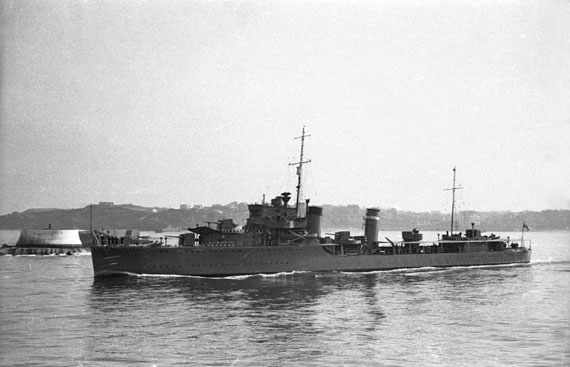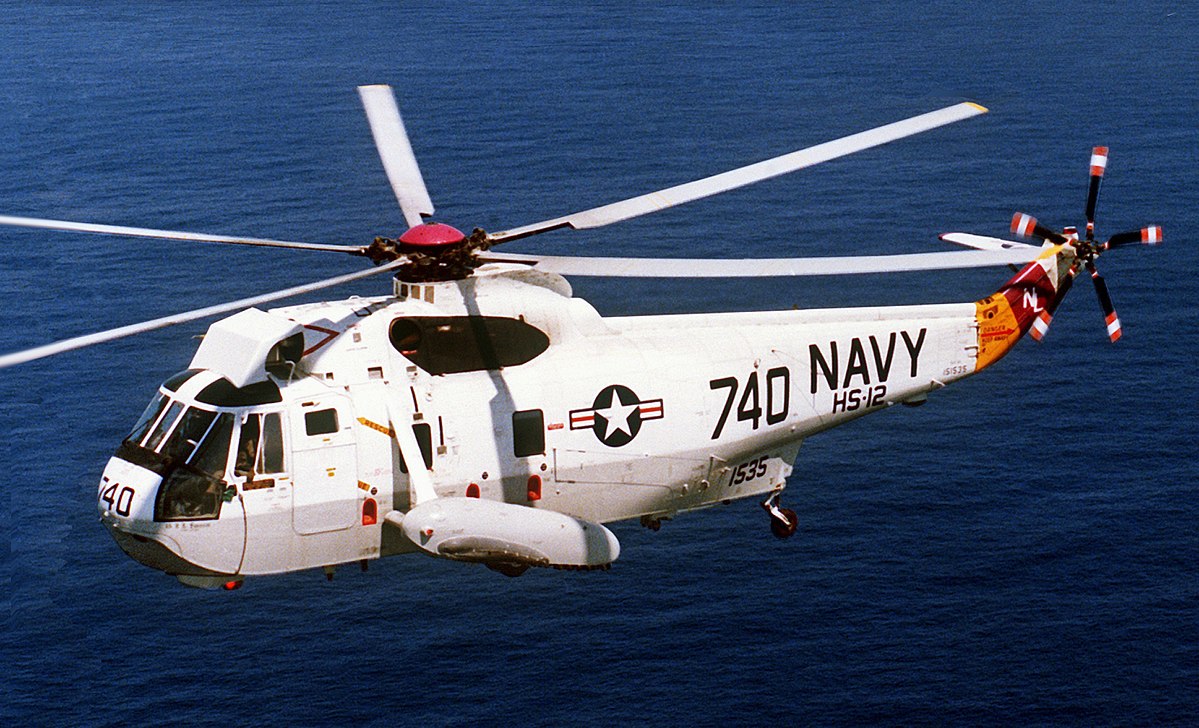I should make a comment on this specifically to the USN table 4 and 6 but before that I have worked with DAN on a number of hyperbaric chamber installations projects, chamber designs installations, fabrications and certification projects over the years. The senior vice President for safety for DAN is I think someone who can help you. I can give you his name and email contact if you like on private email within this forum if it helps. He should be able to help you better privately than we can with an open discussion on an open forum.
DAN safety signs off of each installation before "adopting" the chamber for DAN diver insurance treatments and my experience with them for each installation has been excellent and although each job has been very different ranging from for example a medical hospital multi place 12 man hyperbaric chamber for the DDRC Plymouth UK a 250MSW saturation system to the more diver oriented 100msw 4 man divers chamber within Larnica Hospital Cyprus to those typical 4 man 50 MSW small divers (deck decompression chambers) in Jamaica and Trinidad.
Further 120MSW Deck decompression chambers for the deep water HMS Dasher expedition and the HMS Exmouth. All the way down to on site on deck treatments. Then the inexpensive (small car cost) Portable or Transportable 55MSW rated two man chambers on site on deck or below deck for private vessel applications all the way back up to the private Yacht market. DAN have been excellent in my estimation however I deal purely with the engineering aspects and mechanical requirements
While I'm certainly not trying to sell you your own chamber but as a diver one interesting aspect of your required but unavailable 165 FSW treatment has been an increasing alternative treatment option of using a 50/50 heliox mix on the BIBS the COMEX 30 Table (modified with a negative bias tracking regulator for it to work at depth ) at a more manageable 30MSW depth and with a TTUP of around 7 hours it has proven to be most effective solution for these serous deterioration situations even after commencing a Table 6 provided you have a suitable rated pressure vessel and Heliox. The tender is on air and both go on oxygen at the shallow treatment depth during accent together with the standard 5 minute air breaks for tea and biscuits. It uses around a single 50L cylinder of 50/50 so 3 cylinders to cover. Now compare that 7 hour spell by contrast to the US Navy Table 4 a mind numbing experience of spending the next 36 hours in a chamber and running out of tea bags and a pot to pee in half way through. Take the glory any day over the pain.
Hi Iain,
Great down load of information! Alternatives to standard Navy treatment tables are becoming more and more effective...what you describe at what 4ATAs does the job but is attendant and equipment dependent as well finding a chamber that goes to 4 ATA.
Finally a cogent discussion of issues and alternatives and actionable information, thanks!
Do DM the contact information for the VP at DAN...appreciate that.






